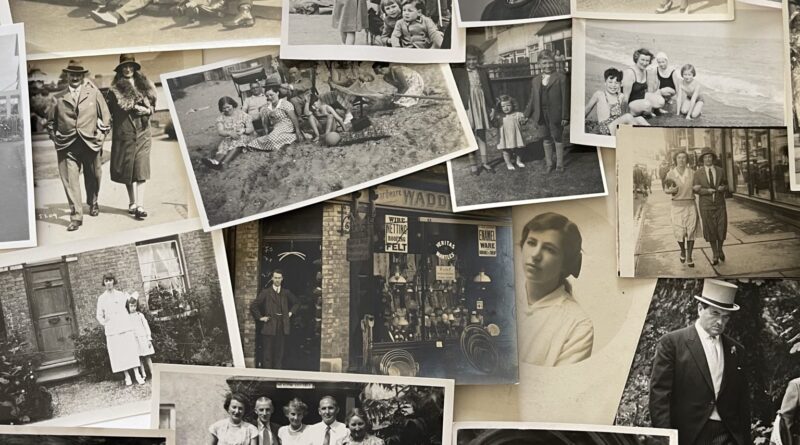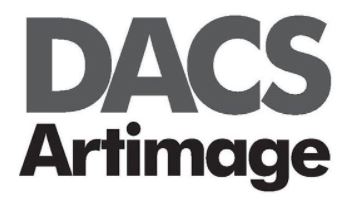How to source images – A guide for authors, an article written by The Photo Collective
Do you need to source and clear images for your new book or product and don’t know where to start?
Read on for tips and advice from the Photo Collective on image sourcing.
You are finally fulfilling your dream of writing a book or maybe you have written a few and you have never sourced images before or maybe you are creating some online content for a publisher. These days authors are heavily involved or responsible for sourcing images, in addition to writing the content. In some cases, this may be supplying personal photos to accompany a story or sourcing general images that accompany a specific subject matter.
There are multiple aspects to sourcing and clearing images, so it’s best to engage a Picture Researcher either directly or via the publisher, who can help navigate this path for you. They can advise on copyright clearances, approach relevant sources and negotiate competitive fees on your behalf – in more detail here are points to consider.
Book or product details-These need to be established up front to understand what rights are needed when clearing and buying imagery and therefore what rights you need to purchase for the images. Your Picture Researcher can help establish what information is needed.
- Territories (this is where the book or product will be sold, normally World English Language or World all languages, could be UK only but the publisher will need to confirm this).
- Length of licence (how long will the product be sold for).
- Size of image to be used on the page or screen (this doesn’t always affect price but can do from some sources).
- Format of product (print and electronic, book, e-book Hardback, paperback or online modules etc).
- Print run (how many copies or subscriptions will be printed in its lifetime).
- These are some of the variables of product specifications that affect the cost of licensing imagery.
- Possible sources of images.
- Personal photos – if you are supplying personal photos for use in a book or product, the sources of these images will vary, the most important thing to remember is that the copyright of any photo belongs to the person a who took the photo (unless the copyright has been assigned). It may be the author, a friend or relative, a professional photographer, someone who happened to be there at the time, someone you may not even know or a photo you bought off Ebay!
- Then there is the question of who appears in the photo and whether they have granted permission to appear in a book or online product. Would they mind a photo of them being in this product? Are they living? Will it infringe their privacy – are they in front of their house for example?
In the UK there is no specific law dealing with image rights for individuals, but there are various laws which can be applied to protect the value contained in a persona such as, Passing off (does it look like the person has endorsed the product), Trademarks (celebrities can be trademarks) and Privacy and Data protection. Most of these refer to celebrities and for images used commercially (advertising use or book front cover) rather than in editorial (inside a book) but it is the data protection law that would require you to ask permission as it states, under article 8 of the European Convention on Human Rights, everyone has a ‘right to respect’ for their private and family life. It is for this reason we would ask permission from an unknown person who appears in a personal photo, that they are ok with their photo being used in a book or online. This isn’t of course always possible, if the photo is very old, the person may have died or contact cannot be found or the person can’t be named. You have to think if this person or a relative saw a photo of themselves in a book or online, would they mind.
Google Images can aid research but it’s worth knowing that this shouldn’t be treated as an image source. It can be used as a visual reference point to see what something looks like, and with research it can lead to the original source or copyright holder of an image. In nearly all cases the content belongs to someone and the image quality downloaded from Google is not always high enough for use in print. Even if you can download a large enough file for digital use, images shouldn’t be used without permission from the copyright holder, so using Google as a tool to track the copyright holder is helpful but be aware not all images will be available for free use in your publication. Has the image been uploaded illegally – does it belong to the uploader or have they taken a photo of something they shouldn’t have e.g an artwork in copyright?
Picture Library or Agency photos. Your Researcher will be very familiar with most picture sources and can select the best agency depending on the subject matter required. In some cases, your Picture Researcher may be able to get better rates and source the content more efficiently on your behalf. Some picture agencies have preferred rates with some publishers, so this makes the negotiation quicker and easier. Researchers also have high resolution access in place and so downloading the files will be more accessible and they can help you navigate the different sources and different types of imagery. Some “hard to find” images may be with a picture agency so your researcher will probably start there.
Free Images. A Picture Researcher will know of free sources for images and can check these for your project. Some collections will be free or out of copyright and can be considered but be aware there may still be additional clearances required. There are some difficulties in sourcing the free images such as limitation on subject matter, access to them can be time consuming, issues with quality and file sizes and you can be dependent on waiting for someone to help supply the images. So a free image may save you a license fee but you can easily spend more time on sourcing the free image!
Wikimedia or Creative Commons. Lots of authors source images from Wikimedia, as this is considered a good place to source free imagery from. The same applies here as to google images, a good place to source out of copyright images but the file sizes can be small and so not always viable for use in print. In some cases, the images have originated from a museum or collection who require permission for any commercial use of their content. It is not easy to tell if an image has any restriction by looking at it.
Other factors to consider when sourcing images:
Image Quality. As well as who took the photo and who is in the photo, the quality of the image your image will need to be assessed to see if it is fit for purpose. A Picture Researcher is able to assess the photo to see if it is in focus, if it is good compositionally and if it is large enough to use as a reproduction in print if needed. So if the image is not useable your Researcher will suggest other images by researching a selection for you to choose from. If the image is rare or historical, the researcher would advise the editor on the size restriction and generally they would cut or replace the image.
RM/RF. Images generally fall into 2 categories Royalty Free or Rights managed. Depending on your needs you may need to decide to use one or the other. In simple terms RF you buy once and can use as many times as you like, RM you need to pay for every use. Some sources operate a subscription deal where you buy credits and credits buy images. In some cases, the larger the file size the more it costs. Your researcher can help you navigate these options and help decide the best for your project.
Picture clearances. It is important to note that not all images available online are without additional clearances and this may not always be obvious. Artwork, sculptures, models, famous Photographers, unknown creators, unusual sources, free sites, blogs are all areas that may not be straight forward. Beware there may be an artist’s estate whose permission needs to be sought or the artist maybe managed by DACS (The Design and Artists Copyright Society, who are a collecting society who represent Artists and Artists estates). Your Picture Researcher can help advise on these on a project basis.
Exceptions to Copyright. Lots of authors ask us if their book or product is educational or the image in the product is accompanying a text about a person or event then is this an exception to copyright and therefore free? If the intention is to sell the product and make money then the use is considered commercial. Most of the copyright exceptions apply to uses that are non-profit and educational use, this doesn’t include making and selling a book or online product for money.
Model Release. This is a release that a photographer gets from a model when a photograph is taken of someone to say they agree to being photographed and the image maybe sold and used commercially. Some photos have a model release and some do not. Generally you will need a model release if you are planning on using the image commercially in an advert or to promote a brand or product.
Budget. Generally you will need to pay a Picture Researcher for finding and clearing the images and the reproduction fee to use the images in the product. In some cases, there maybe additional supply fees and clearance fees but again the Picture Researcher can help advise on this and this is worth doing to know you have all the rights you need!
Administration. Don’t underestimate the amount of time and administration when it comes to sourcing images, especially if there are large quantities of images needed. Images will need to be instructed for payment or paid for online with credit card, multiple contacts that are made to copyright holders need tracking, file names need recording, images need assessing for quality, collation of correct credit information for selected images, permission forms, invoice instructions and invoices all need tracking and logging, this is a huge part of the job, so you need to be organised or employ someone who is! Remember sufficient lead time for the research is important!!
Article written by Jane Smith of www.janesmithmedia.co.uk. I hope these tips have helped, if you have any queries or want help with your project do get in touch via jane@janesmithmedia.co.uk.
Image: Author Images supplied by Jane Smith Media, please refer to Jane Smith Media regarding image.


